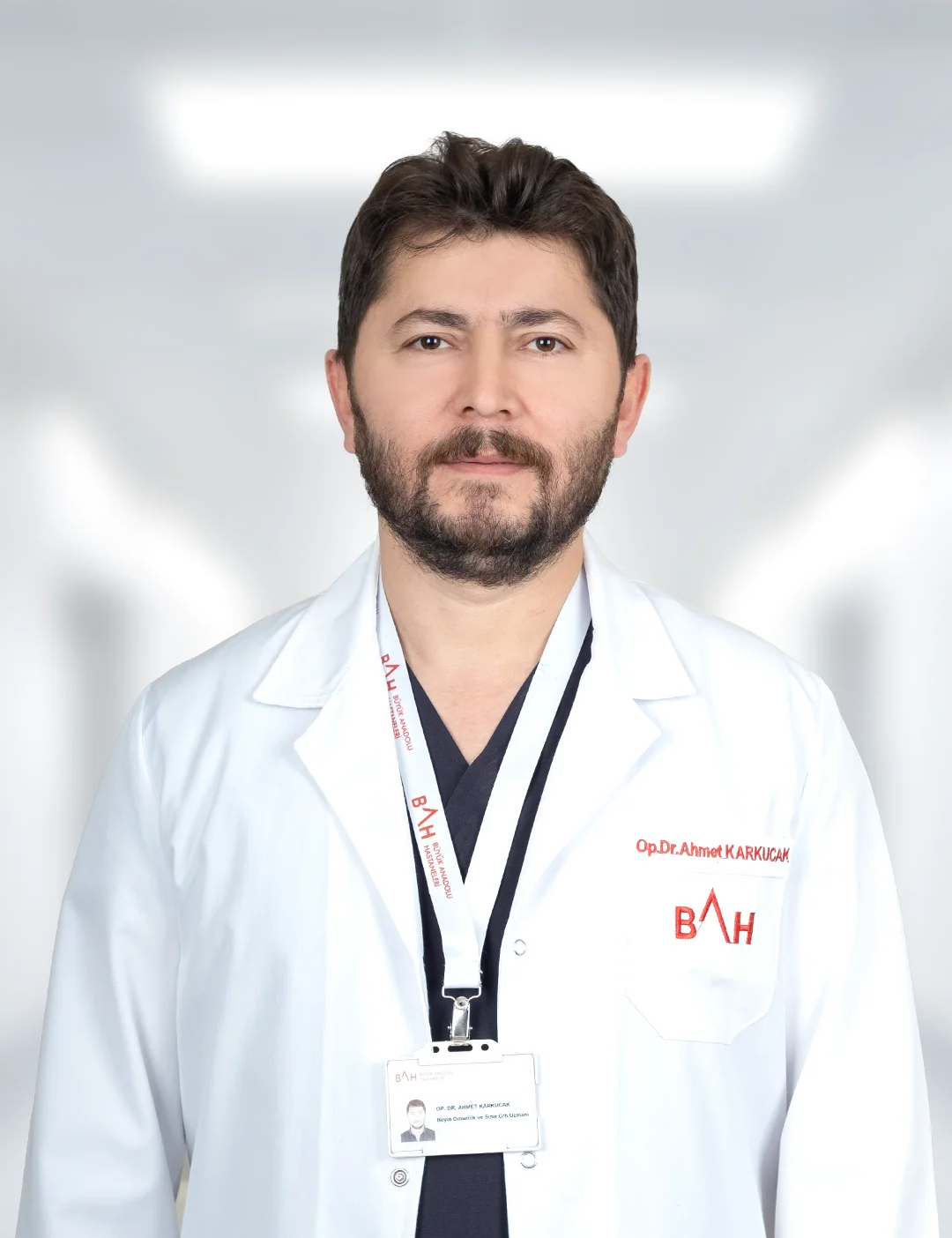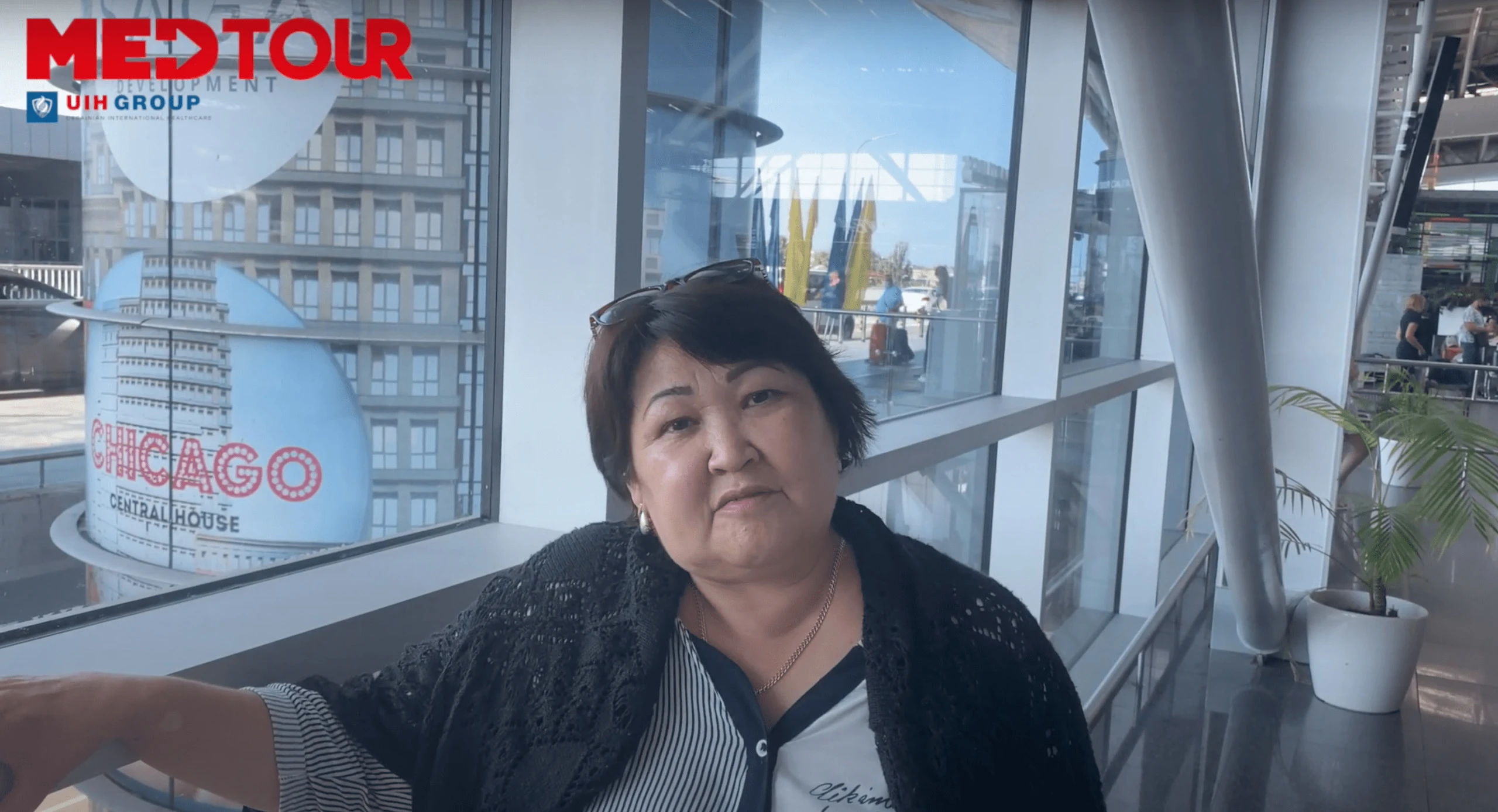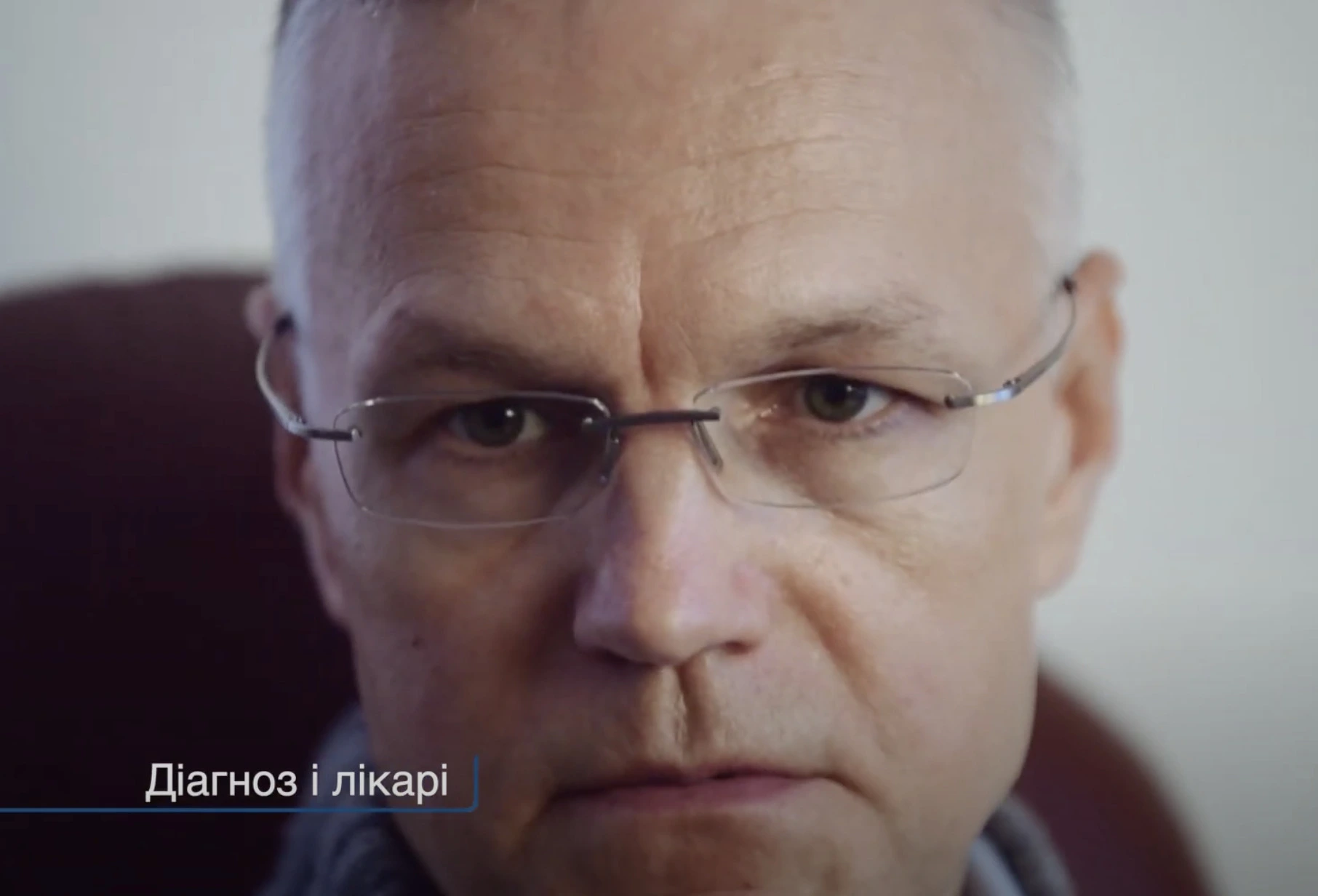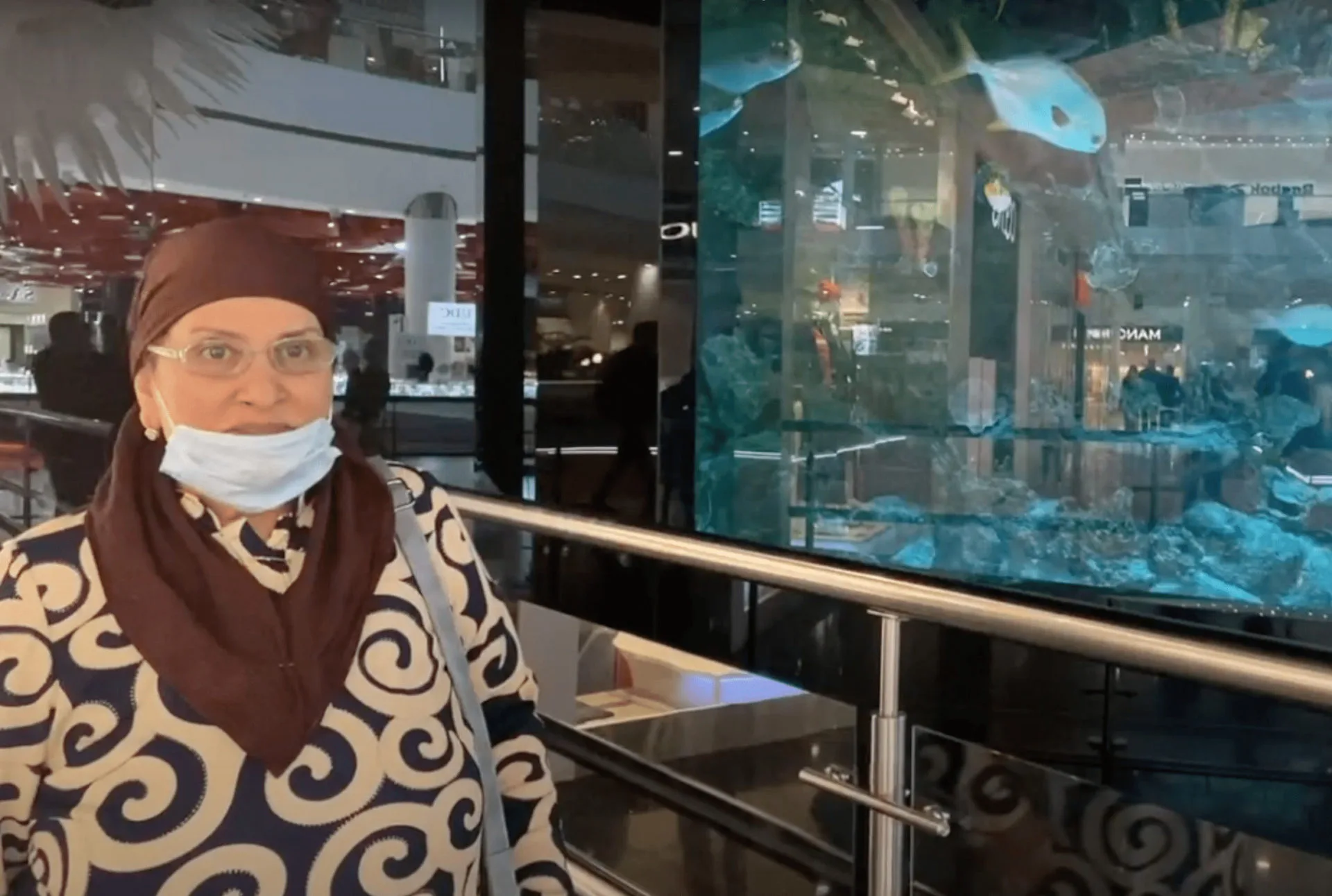Doctors for treatment of Spinal stenosis
Doctors for the treatment of spinal stenosis
Frequently Asked Questions
Spinal stenosis — a narrowing of the spinal canal. The result is pressure on spinal cord, nerves and blood vessels, causing back pain and nerve damage.
The reason is the age-related wear of the intervertebral discs that develops during life, but it can also be congenital.
Causes of congenital stenosis: chondrodystrophy, achondroplasia, diastematomyelia.
With age, the intervertebral discs lose their strength, as a result of which they become flatter and gradually come closer to each other.
Rarer causes of spinal stenosis:
- Congenital malformations of the spine,
- Excessive scar tissue formation after spinal surgery,
- Vertebral body injuries,
- Bulging or prolapsed intervertebral discs,
- Complication of Cushing’s disease,
- Diseases of the bones,
- Narrowing of the spinal canal at birth for an unknown reason.
Early signs: tingling, weakness and numbness in the legs.
The main symptom is pain, aggravated by walking and standing. When bending forward, spine stretches and pain disappears.
Symptoms of stenosis of the lumbar spine: back pain radiating to legs; weakness of leg muscles; tingling sensation, numbness of legs. In advanced stages — urinary and fecal incontinence, sexual disorder.
Stenosis of the cervical spine: burning neck pain, radiating to shoulders and arms; neck muscle tension; numbness and tingling in hands and arms; violations of fine motor skills; weakness arms muscles.
At initial consultation, the doctor asks in detail about symptoms and presence of concomitant diseases (herniated disc, osteoarthritis, osteoporosis).
This is followed by a neurological examination.
In addition to the mandatory X-ray examination, an MRI is required.
For additional diagnostics, an experienced physician will perform electroneuromyography. This is an electrodiagnostic procedure to measure muscle activity.
Therapy for narrowing the spine in each case is individual and takes into account types of stenosis, factors that cause stenosis, concomitant diseases of spine.
The goal of treatment – to release nerves from a pinched state.
In initial stages, when stenosis is not very pronounced, drug treatment is used. However, due to the cause of disease, this approach quickly reaches its limits.
If spinal stenosis is already running, there are neurological disorders and functional disorders, it’s necessary to carry out surgical treatment.
Surgical options: microsurgical decompression, spondylodesis (an operation to strengthen vertebral bodies), installation of an interspinous implant.
Immediate surgery should be performed when:
- Constant unbearable pain with ineffective painkillers,
- Paralysis or sensory impairment that precludes normal movement,
- Disorders of sexual activity,
- Limiting the maximum walking distance to a few meters.
In such cases, the operation should be performed as soon as possible, in specialized clinics, in order to avoid irreversible damage to the nervous system.
Uncomplicated and temporary complications include:
- Leakage of cerebral fluid from the dural sac (5%),
- Rebleeding (2%),
- Infection (2%).
Severe and irreversible complications develop in 1 in 100 patients. These include heart attacks, nerve injuries, PE, and other rare life-threatening incidents.
8 out of 10 patients immediately feel the effect of operation. Pain is significantly reduced, walking distance is normalized or significantly increased. As a rule, results last for many years.
In 2 out of 10 patients, manifestations of stenosis remain or decrease slightly, after which they recur.
1 in 10 patients will have to reoperation after about 5 years due to further wear of adjacent vertebra or operated segments.
Modern methods of treatment of spinal stenosis
Conservative treatment
Effective only to a limited extent.
Methods:
- Physiotherapy,
- Pain relievers,
- Facet infiltration with local anesthetics (injection of painkillers into the affected vertebral joint),
- Hormone therapy with cortisone to reduce swelling of the inflamed areas.
If conservative therapy does not relieve pain after more than 12 weeks, surgery should be considered.
Surgery
Surgery for spinal stenosis gives better results than conservative therapy.
In leading foreign clinics, operation of choice — microsurgical removal of excess tissue with the release of narrowed nerves. Experienced doctors perform this treatment promptly because it has a low complication rate and results in a quick long-term recovery in 8 out of 10 patients.
Depending on the manifestation, location and degree of narrowing, doctors consider various methods of treatment:
- Cervical spine stenosis:
- Anterior decompression and fusion,
- Dorsal foraminotomy,
- Dorsal decompression and fusion,
- Lumbar spine stenosis:
- Microsurgical decompression,
- Microsurgical decompression and stabilization,
- Thoracic spine stenosis:
- Transthoracic decompression,
- Microsurgical dorsal decompression.
Microsurgical decompression
Standard surgical technique for spinal stenosis. With this method of treatment, the doctor works to reduce the pressure on the spinal cord, which usually leads to a very quick recovery. The day after surgery, patients can walk without acute pain.
Foraminotomy
The operation is performed for a herniated disc or bone narrowing of the nerve canals (foraminal stenosis). Using an operating microscope, the doctor removes the pinched nerve root.
Spondylodesis
The purpose of the operation — connect two adjacent vertebral bodies with the help of bones. During the operation, damaged vertebral bodies are completely or partially removed and replaced with implants. This helps to expand the spinal canal.
Effect of implants is varied and very uncertain. Therefore, foreign doctors resort to this procedure when other methods of surgical treatment in patients are unavailable.







